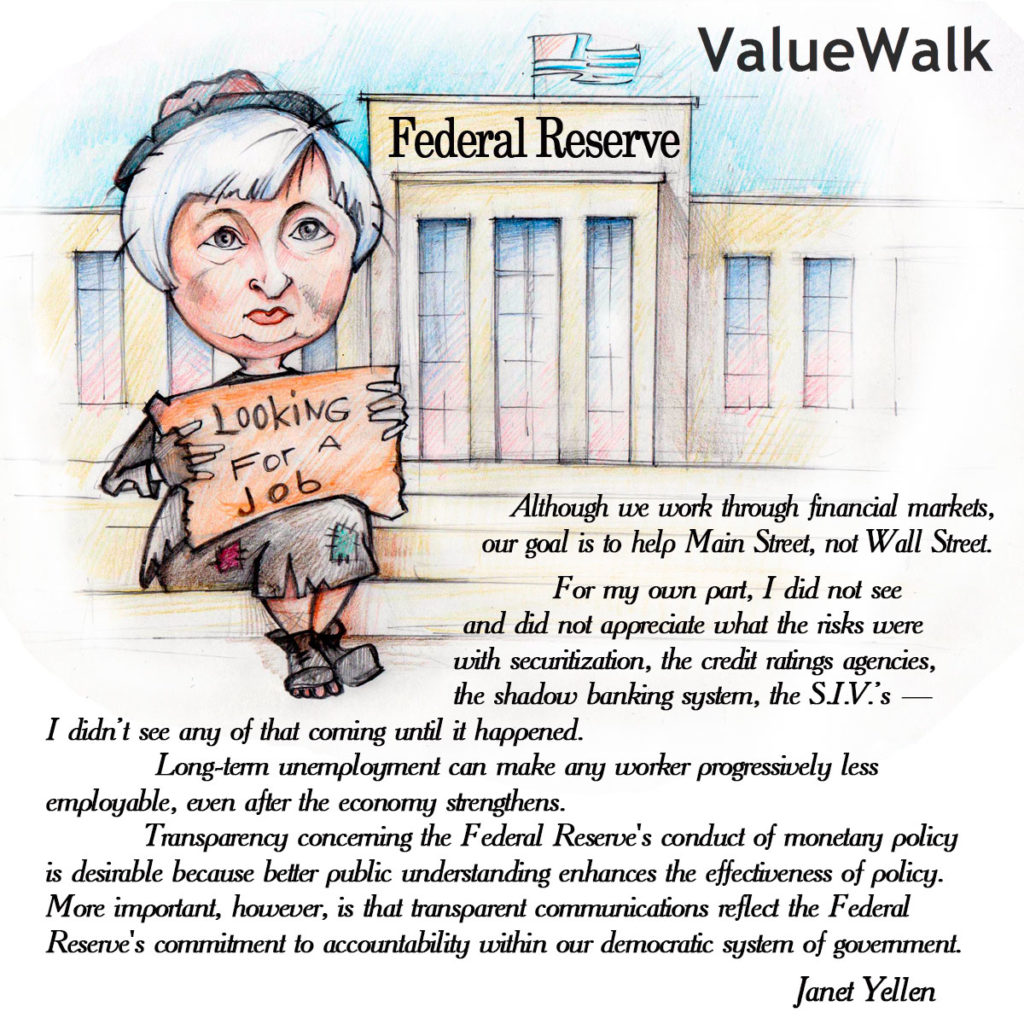It’s the central bank’s fault! This common refrain has grown louder as Fed Chair Janet Yellen engages in some of the most delicate maneuvers that a central bank has ever attempted. With the economy generally moving along at a reasonable if slightly awkward clip – unemployment is abnormally low, but income inequality is abnormally high – central banks around the world have been nonetheless engaging in unorthodox economic stimulation. Now the Fed is attempting to withdraw the quantitative stimulant, a dependent substance, from the market cycle. This could result in unwanted volatility with one slight misstep. Not only is Yellen’s surgical task unique in history, but the first female fed chairman has an increasingly vocal gallery heckling her as the central bank makes its move.

Blame it on the Fed
“It’s the Fed’s fault,” writes Paul Mortimer-Lee, Chief Market Economist and Head of US Economics at French giant, BNP Paribas. Such a statement requires multiple points of understanding: What economic outcome did the Fed get wrong, what is the impact and what is the time frame on the disaster? In a October 12 report, “the bank for a changing world” as their brand moniker suggests sees the problem. Mortimer-Lee has seen the enemy, and it is low inflation.
There is a linear, cause and effect relationship between when the Fed began to “taper” its injection of dependent market stimulus into the system and when it started to raise interest rates. In a report titled “Blame the Fed for low US inflation,” Mortimer-Lee does just that and more.
“Since everyone knew that rate hikes could not start until tapering had finished, the act of tapering had a strong signaling effect,” he wrote. Some analysts have lauded the fed chairman Bernanke for being predictable while others have found it a liability. He thinks the initial May 22, 2013 taper tantrum was sending too much information. On this day the Fed announced it would begin reducing its nearly $70 billion a month in bond and mortgage-backed securities purchasing. “The news made risk assets the ugly duckling of financial markets,” Forbes noted.







